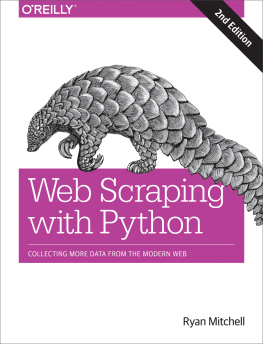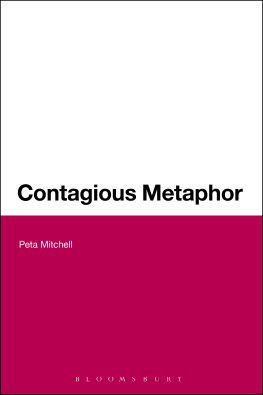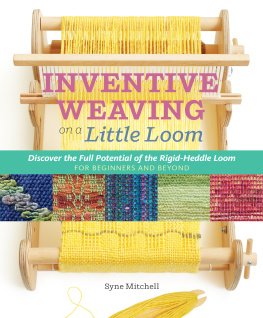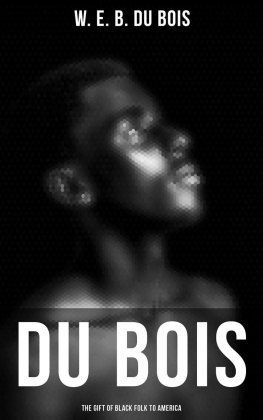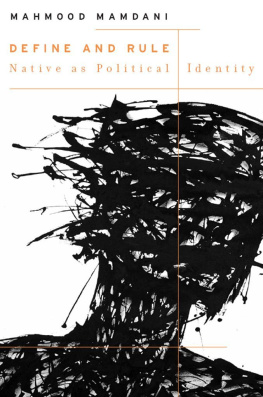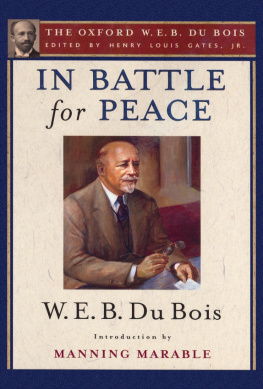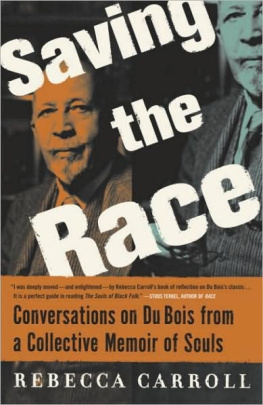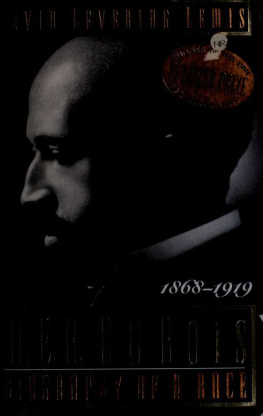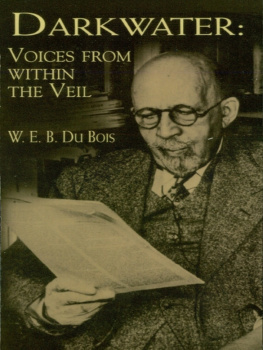Mitchell - Seeing Through Race: 11 (The W. E. B. Du Bois Lectures)
Here you can read online Mitchell - Seeing Through Race: 11 (The W. E. B. Du Bois Lectures) full text of the book (entire story) in english for free. Download pdf and epub, get meaning, cover and reviews about this ebook. year: 2012, publisher: Harvard University Press, genre: Politics. Description of the work, (preface) as well as reviews are available. Best literature library LitArk.com created for fans of good reading and offers a wide selection of genres:
Romance novel
Science fiction
Adventure
Detective
Science
History
Home and family
Prose
Art
Politics
Computer
Non-fiction
Religion
Business
Children
Humor
Choose a favorite category and find really read worthwhile books. Enjoy immersion in the world of imagination, feel the emotions of the characters or learn something new for yourself, make an fascinating discovery.

Seeing Through Race: 11 (The W. E. B. Du Bois Lectures): summary, description and annotation
We offer to read an annotation, description, summary or preface (depends on what the author of the book "Seeing Through Race: 11 (The W. E. B. Du Bois Lectures)" wrote himself). If you haven't found the necessary information about the book — write in the comments, we will try to find it.
Seeing Through Race: 11 (The W. E. B. Du Bois Lectures) — read online for free the complete book (whole text) full work
Below is the text of the book, divided by pages. System saving the place of the last page read, allows you to conveniently read the book "Seeing Through Race: 11 (The W. E. B. Du Bois Lectures)" online for free, without having to search again every time where you left off. Put a bookmark, and you can go to the page where you finished reading at any time.
Font size:
Interval:
Bookmark:
SEEING THROUGH RACE
THE W. E. B. DU BOIS LECTURES
W. J. T. Mitchell
HARVARD UNIVERSITY PRESS
CAMBRIDGE, MASSACHUSETTS
LONDON, ENGLAND
2012
For my Main Man
Henry Louis Gates Jr.
One would have to suffer from a very deep form of blindness to ignore the continuing presence of racism in the world today. Islamophobia, anti-Semitism, and Negrophobia, to name the most prominent forms, are clearly alive and well. And yet there is a widespread belief among intellectuals who study this question that race itself is an obsolete concept. We have seen through race and exposed it as an illusion, according to the prevailing wisdom. We are, or should be, color blind and ignore all the visible signs of racial difference. Or we have seen race through to its logical conclusion and rejected it as an outmoded relic of nineteenth-century science. Like the police officer who admonishes us to move along, nothing to see here, theorists of race have declared that we are living in a post-racial era, a time of the declining significance of race that has concluded with an abandonment of the very idea of race. The idea that racial identity corresponds to some real substance in the physical world is generally understood to be a fallacy. And yet racism persists. Why?
Some have argued that seeing through the illusion of race is a good thing, that it serves as a prelude to the disappearance of racism. If we can just stop talking about race and stop seeing it everywhere then maybe racism will disappear. That is why so many anti-racist arguments start by insisting that races do not exist in nature, and therefore racism is completely irrational. How can anyone be a racist when there are no races? The assumption seems to be that if one just convinces people that race is an irrelevant, incoherent concept, then racism will go away.
We have had over thirty years of the post-racial era to test out this hypothesis, and it has been proven wrong. Perhaps the most dramatic evidence of this was the election of Barack Obama in 2008, declared by some as proof that race was no longer an issue in American politics. At the same time, it was fairly difficult to ignore the fact that Obama was subjected to an unprecedented assault of racist caricatures that revived Sambo stereotypes some thought were obsolete: the White House watermelon patch, Michelle Obama as a Black Power radical sporting an Afro, and the New York Post s linking of the economic stimulus package to a slaughtered chimpanzee are the first examples that come to mind. Obama was routinely accused of being a secret Muslim and an illegal immigrant, and to this day his political opponents have treated his moderate, compromising nature with undisguised contempt.
It is time to see through race in a different way and to see the concept of race through to a new formulation, beyond the cul-de-sac of the post-racial era. My proposal is that we see race as a medium , an intervening substance, to take the most literal definition. Race, in other words, is something we see through , like a frame, a window, a screen, or a lens, rather than something we look at . It is a repertoire of cognitive and conceptual filters through which forms of human otherness are mediated. It is also a costume, a mask, or a masquerade that can be put on, played upon, and disavowed. As such it is, of course, not exclusively a visual medium, but engages all the senses and signs that make human cognition, and especially re cognition, possible. The title of this book, Seeing Through Race , could just as easily have been Thinking Through Race , but the dominance of visual images and metaphors in racial discourse made the emphasis on seeing plausible. Seeing has a long history as a synonym for understanding and knowing, if you see what I mean.
The idea of race as a medium has been hiding in plain sight for a very long time, at least since W. E. B. Du Bois taught us to see race as a veil that mediates the perception of others while making possible a second sight into racism and the experience of racial difference. The following pages provide a second look, a double take on the concept of race in contemporary culture and politics, especially in those critical episodes that Barack Obama has called teachable moments, when the need to make race thinkable in a new way becomes obvious. It seems clear that we still have a lot to learn about race and how to put it to work in the struggle against racism .
Seeing Through Race consists of three lectures delivered under the title Teachable Moments in Race, Media, and Visual Culture at Harvard University as the W. E. B. Du Bois Lectures, April 2022, 2010. They are accompanied by a supplementary quartet of essays, here entitled Teachable Objects, that were written at approximately the same time and which I hope will serve to deepen the themes explored in the lectures, especially insofar as the question of race engages issues of images, media, and the artsincluding the art of teachingin the struggle against racism.
As its title suggests, Teachable Moments was based in Barack Obamas invocation of this phrase to identify events and episodes that offer themselves up for teaching and learning. Obama used it for the first time in connection with the controversy following the arrest of the W. E. B. Du Bois Professor of African American Studies at Harvard University by a Cambridge police officer in the summer of 2009. But Obama used the phrase explicitly or implicitly on a number of other occasions, usually moments of conflict in which he was summoned (as he likes to put it) by events to speak out on matters of broad public concern, especially those concerning race.
My notion in these lectures was to extend the range of Obamas remarks (which have an interesting place in scenes of elementary education in the United States) to the more general question of race as a global issue in our timeour moment, as it were. But what is our moment? Is it the Obama era itself, a time when progressive promises of hope and change were dramatically raised, only to be compromised by political realities? Is it the decade of the post-9/11 era when the world was plunged into the Global War on Terror that revived racial and religious conflicts which have deep roots in the relation of the West to the rest of the world, particularly the world of Islam and the Arab nations? Is it the longer dure of what is sometimes called the post-racial era, when the very idea of race has been called into question? Or is it, more narrowly, the post-Black era in the United States, after the period of Jim Crow and the Civil Rights Movement, when the racial divisions of America were supposed to have been healed, de jure if not de facto?
There is, of course, an even deeper question to be answered about the nature of a moment in the first place. What is a moment? The word oscillates between a sense of the trivial and ephemeral on the one hand, and a claim to the momentous on the other. Ranging between the expansiveness of an epoch, a period, or an era, and the singular, decisive character of an event, the moment is arguably the most elastic term in the lexicons of time and history. The science of physics hints at its usefulness in the concept of moments of force, the tendency of a force to twist or rotate an object, to apply what engineers call torque by bringing a set of vectors to bear on a common target. In this sense, the moment is what might be called a turning point, but one that can range from the subtle and unnoticed to the game-changing event, the feeling that a change of momentum has occurred, that something has come to an end and something new has appeared. In recent history, the clearest symptom of the moment of torque has been the frequent invocation of post- as prefix, as in the postmodern, the postcolonial, the posthuman, and of course, the post-racial. All of these terms name a sense that history has turned a corner but that the new era still remains to some extent unnameable. And this momentous turn can be (and often is) a shift in perception, the dawning of an aspect (as Wittgenstein put it) as much as any external event. That is why the idea of the moment engages so naturally with the practice of teaching, and with a pedagogy that does not necessarily know all the answers beforehand but is compelled to improvise with the contingent and the unforeseen.
Next pageFont size:
Interval:
Bookmark:
Similar books «Seeing Through Race: 11 (The W. E. B. Du Bois Lectures)»
Look at similar books to Seeing Through Race: 11 (The W. E. B. Du Bois Lectures). We have selected literature similar in name and meaning in the hope of providing readers with more options to find new, interesting, not yet read works.
Discussion, reviews of the book Seeing Through Race: 11 (The W. E. B. Du Bois Lectures) and just readers' own opinions. Leave your comments, write what you think about the work, its meaning or the main characters. Specify what exactly you liked and what you didn't like, and why you think so.

